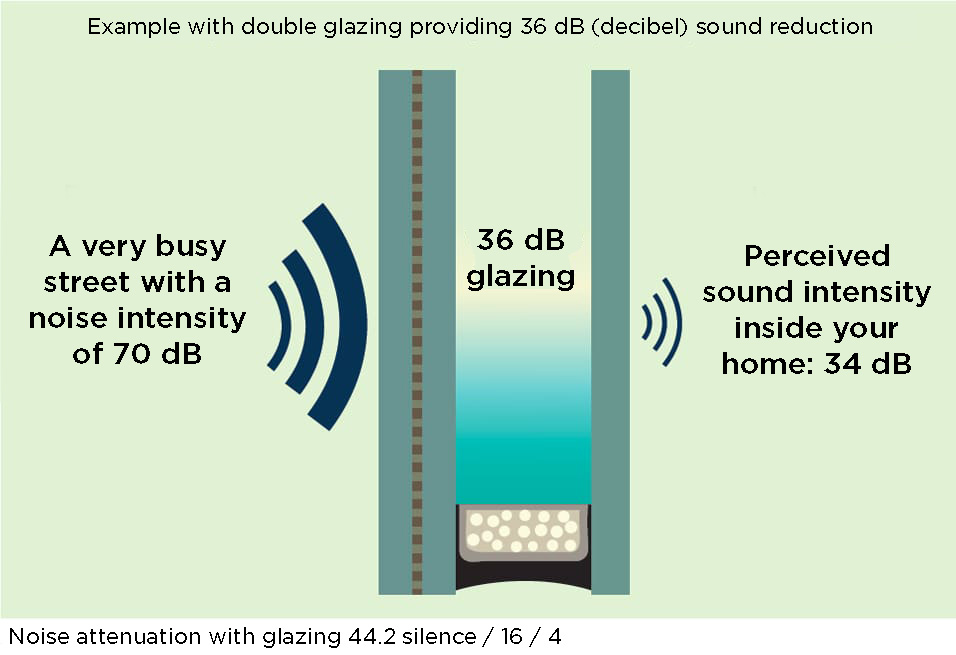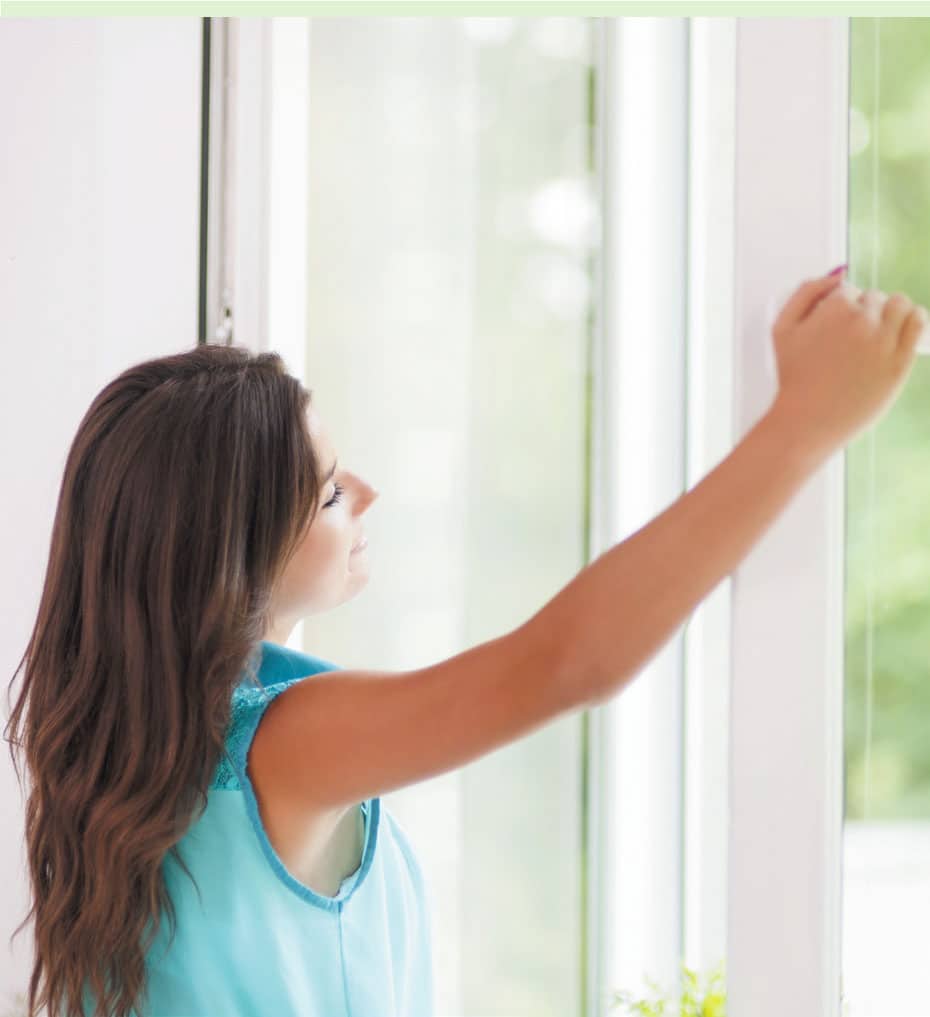Window and sound insulation
"I want to reduce noise pollution"
Cited as the leading source of discomfort by the French, outdoor ambient noise can quickly become a nuisance. To reduce noise pollution, solutions are available at both the joinery and glazing levels. The performance of a window’s sound insulation is defined by the acoustic attenuation index Rw, expressed in decibels. The higher the value, the better the sound insulation of your home.
FOCUS ON
ACOUSTICS
HOW IS IT MEASURED?
The acoustic performance of a window is measured through laboratory tests aimed at determining sound attenuation against traffic noise, known as Ra,tr. For airborne noise, the measurement is referred to as Ra. Both values are based on Rw, which represents the window's sound reduction before applying corrective coefficients for road traffic or airborne noise.
HOW TO INTERPRET IT
The higher the Rw value, expressed in decibels, the better the sound insulation performance.


HOW TO IMPROVE IT? Choose joinery with thick profiles:
Mass is a key factor, so the thicker and denser the profiles, the greater the noise reduction.
Airtight joinery:
This may seem obvious, but sound travels where air passes. Therefore, you should choose windows with excellent airtightness (refer to the AEV classification and the A value).
Specific glazing:
As with profiles, glass thickness is key. The thicker the glazing, the more noise it absorbs, provided that the interior and exterior glass panes have different thicknesses. To further enhance performance, laminated glazing with polymer resin films is available. This offers a double advantage: reducing noise while also providing a first level of protection against break-ins.


DO NOT FORGET!
The acoustic performance of your window can be affected by elements such as a lock cylinder passing from the inside to the outside or a ventilation grille. To address these issues, MILLET offers specific solutions that limit external noise transmission. An integrated roller shutter can also be a weak point if not treated alongside the window. MILLET provides various levels of acoustic insulation for the shutter box. Traditional sliding or tilt-and-slide windows, with their closure systems lacking joint compression, will always be less effective in sound insulation at equal dimensions. Instead, opt for lift-and-slide systems or our patented M3D.s sliding window, which help maintain strong acoustic performance.

